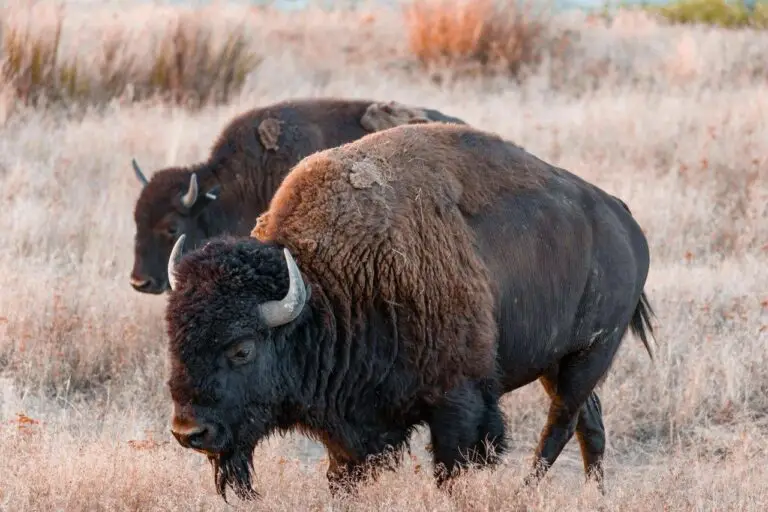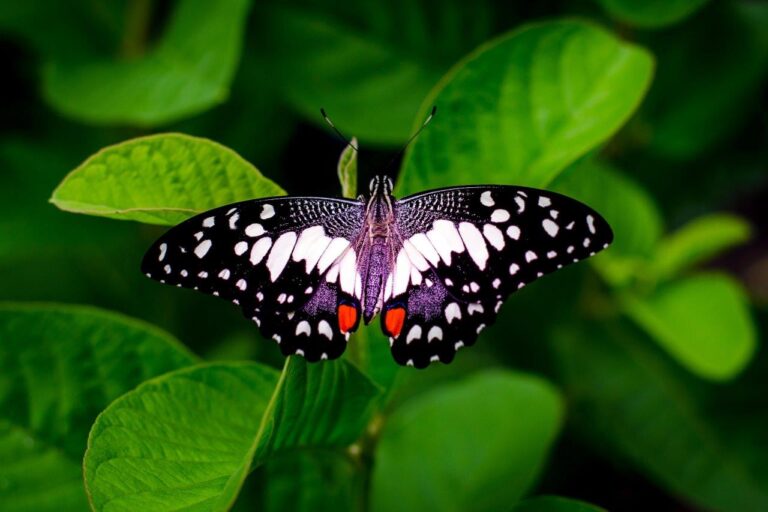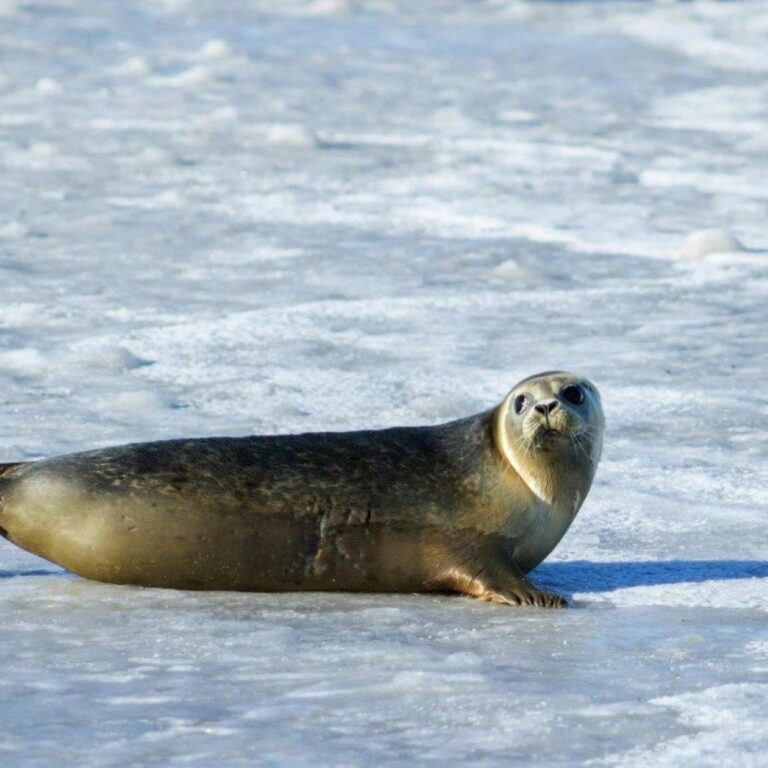There are two species of bison: the American bison and the European bison.
Bison are the largest land mammals in North America, with males, known as bulls, weighing up to 2,000 pounds and standing around 6 feet tall at the shoulder.
Despite their size and bulk, bison are surprisingly agile and can run at speeds of up to 35 miles per hour. They are also excellent swimmers and can cross rivers with ease.
Bison have a thick coat of fur that helps them survive harsh winters. Their fur is so insulating that snow can often be seen resting on their backs without melting.
Bison have a distinctive hump on their shoulders, which is formed by powerful muscles that support their large heads and allow them to use their heads as plows to clear snow and find food in winter.
Bison are herbivores and primarily graze on grasses, sedges, and other low-lying vegetation. Their grazing patterns help maintain the health and diversity of grassland ecosystems.
Bison are social animals and typically live in herds. During the breeding season, known as the rut, males compete for dominance and the right to mate with females through displays of strength and vocalizations.
The bison's iconic hump is not only a sign of strength but also an adaptation that helps them forage. The hump is made of muscle and supported by long vertebrae, allowing them to swing their heads side to side to clear snow and dig for food.
Bison communicate with each other using a variety of vocalizations, including grunts, snorts, and bellows. These sounds help them maintain contact with each other, especially in large herds.
They have a lifespan of about 15 to 20 years in the wild, though they can live longer in protected areas or captivity. Their longevity depends on factors such as predation, disease, and environmental conditions.
Bison once roamed North America in massive herds, with populations estimated at over 30 million before European colonization. By the late 1800s, their numbers had been reduced to just a few hundred due to overhunting and habitat loss.
Conservation efforts have been successful in bringing bison back from the brink of extinction. Today, there are over 500,000 bison in North America, though only a small percentage are wild and free-ranging.
They are considered a keystone species in the ecosystems they inhabit. Their grazing, wallowing, and movement patterns help shape the landscape and create habitats for other species.
The American bison was designated the national mammal of the United States in 2016, a recognition of its cultural and ecological significance.
Bison are still vulnerable to habitat loss, disease, and genetic issues due to small population sizes. Continued conservation efforts are essential to ensure their survival and the health of the ecosystems they support.


